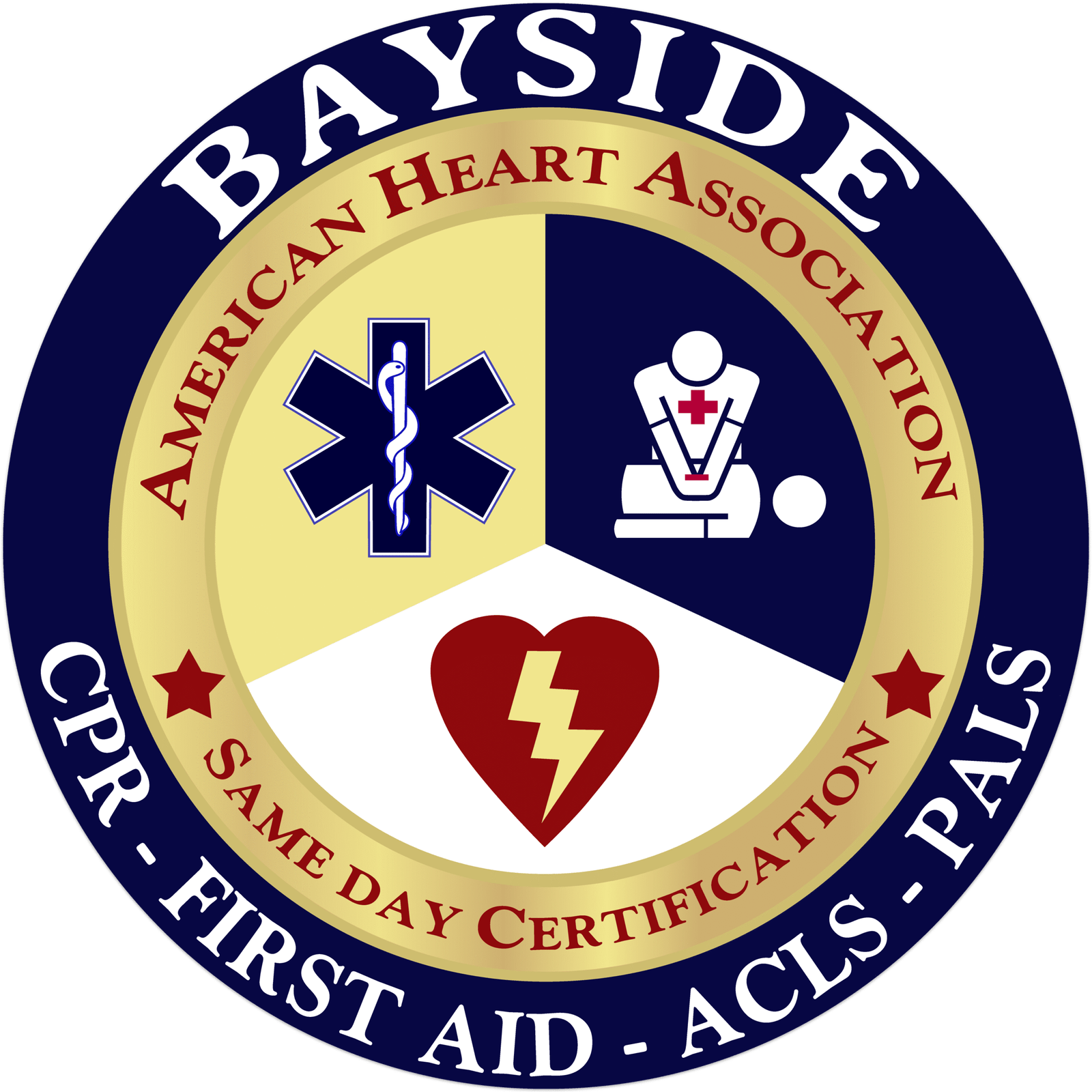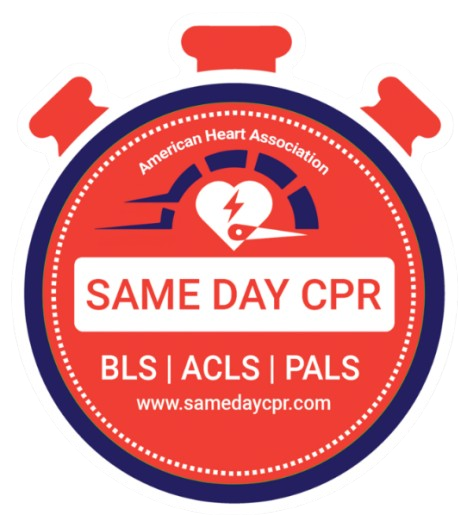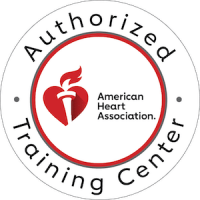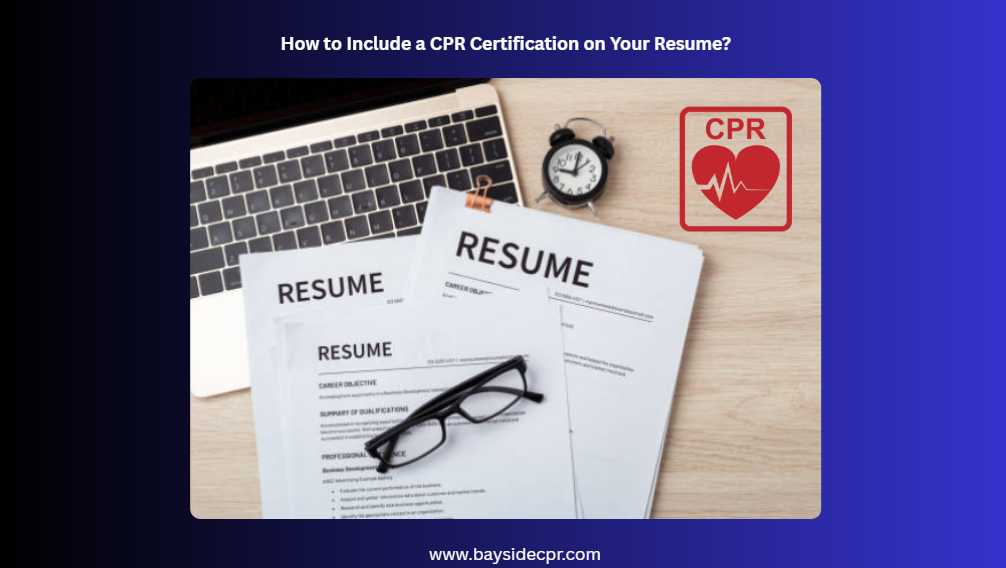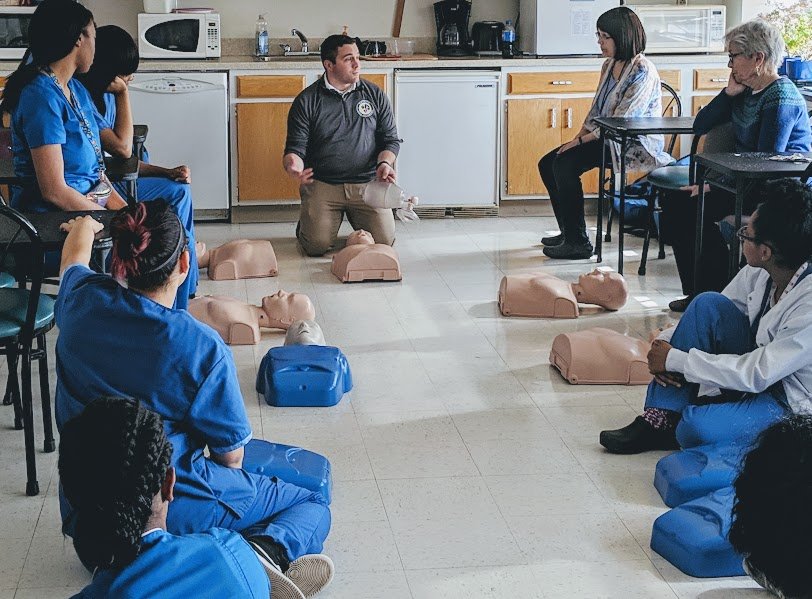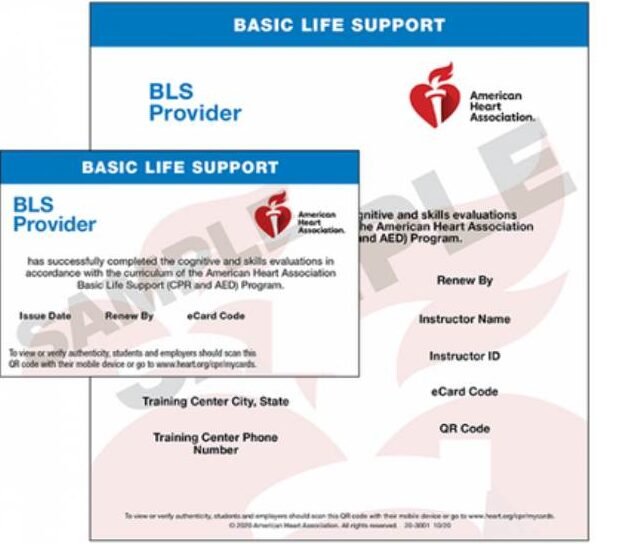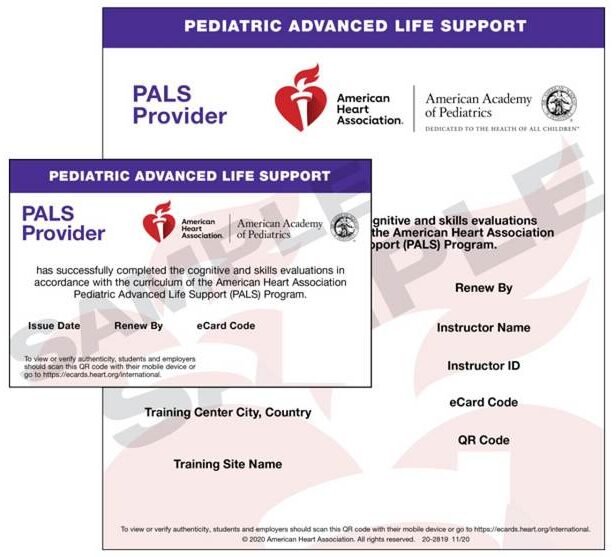Adding a CPR certification to your resume is a smart way to show you’re prepared to handle emergencies and care about safety. It can help you stand out, especially if you’re applying for jobs in healthcare, education, childcare, fitness professionals and gym instructors, or public safety. Even if the job doesn’t require it, having CPR training shows responsibility and readiness. You’ve taken the time to learn a life-saving skill, and that says a lot about your character. The key is to list it clearly so employers can spot it quickly and see its value right away. In this blog, we’ll talk about how to list CPR certification in the right way on your resume to make a strong impression.
Effective Ways To Include CPR Certification In Your Resume
Adding your CPR certification to your resume is a smart way to show you’re prepared for emergencies. Here are some simple ways to include it in different parts of your resume.
1. Certification Section
First, check if the job requires CPR certification or if it will make your resume stronger. For example, it can give you an advantage when working with children or in hospitality. If that’s the case, include it in the certification section.
Here is the example.
Certifications: CPR Certified: American Red Cross
2. Education Section
Sometimes certifications aren’t just extras but are built into your education. For example, if you trained in midwifery, CPR may have been part of your program. In that case, include it in the education section.
Here is the example.
Education
Degree: Bachelor of Nursing, ABC Institute
Additional Training: CPR and First Aid, American Heart Association
3. Professional Summary
Including your CPR certification in the professional summary is a great idea if the job requires it. It quickly shows employers that you have the skills they’re looking for. For instance, imagine a hiring manager looking to fill a role that involves keeping people safe. They see two similar resumes, but yours stands out because it highlights CPR training right at the top.
Here is the example.
Compassionate childcare provider with over five years of experience in daycare settings. CPR and First Aid certified, with a strong focus on creating a safe and nurturing environment for children.
4. Work Experience
Use the work experience section to share measurable achievements. If your CPR certification helped you handle an emergency or made a difference on the job, highlight it as part of your success.
Here is the example.
Job Title: Emergency Room Assistant
XYZ Hospital: June 2022 to March 2024
- Responded quickly to medical emergencies, using CPR certification to assist patients and improve survival outcomes.
- Supported medical staff during critical situations, contributing to a 15% increase in patient recovery rates.
The Role of CPR in Various Sectors
The role of CPR certification is very crucial in various sectors and careers. It helps you stay ready to save lives when emergencies happen.
1. Healthcare Sector
In healthcare, knowing how to perform CPR is crucial because it teaches people to respond quickly and confidently during emergencies. When healthcare workers have this skill, they can help save lives by keeping blood flowing until more advanced care arrives. It gives them the ability to act fast and stay calm when every second counts. Plus, earning CPR certification shows dedication to patient safety and professional growth. Overall, it helps create a safer environment for everyone in hospitals, clinics, and other care settings.
2. Education Sector
Knowing CPR is very important in schools and other learning places because it prepares teachers, staff, and students to respond quickly if someone suddenly needs help. This training gives people the confidence to act fast and provide life-saving support until professionals arrive. It also encourages a sense of responsibility and care, making the environment safer for everyone. When more people are trained in CPR, it creates a stronger, more prepared community where everyone feels ready to help in an emergency.
3. Hospitality Sector
In the hospitality sector, staff who know how to perform CPR can make a big difference during emergencies. When a guest faces a sudden health problem, quick and confident action can save lives. Employees with this training help create a safer environment and show that the business truly cares about its visitors. Being prepared also helps workers stay calm under pressure and respond effectively, which makes the whole experience better for everyone involved.
4. Other Sectors
CPR certification is helpful in many different areas beyond healthcare, education, and hospitality. Whether people work in offices, factories, or community centers, knowing CPR means they can respond quickly if someone has a medical emergency. This skill can make a big difference by providing immediate help and possibly saving lives. It also shows that individuals care about the safety of those around them. No matter the job, having CPR training gives people the confidence to act calmly and effectively when it counts. If you’re interested in learning more about which careers require CPR and first aid certification, there are plenty of options where these skills are essential.
Common mistake to avoid when including CPR on your resume
When you add CPR skills to your resume, it’s important to be clear and honest about your experience. Avoid common mistakes that can make your qualifications look less credible or out of place.
1. Being Too Inadequate or Vague
When you mention CPR certification on your resume, make sure you provide enough details about your skills. Saying something too vague, like just “CPR certified”, doesn’t show employers what you know or how confident you are. Instead, try to include specific information like the type of CPR you learned or how recently you were trained. This helps hiring managers understand your true abilities and how prepared you are to use this skill if needed. Being clear and honest will make your resume stand out for the right reasons.
2. Listing an Expired Certification
Make sure your CPR certification is current before you put it on your resume. Including an expired certification can give the wrong impression, and you may miss your chances of getting the job. Employers want to know that you are ready to respond in an emergency, and an up-to-date certification shows you have the latest training. If your certificate has expired, it’s better to either renew it or leave it off until you do. This connects directly to the importance of regular CPR training, which ensures your skills stay sharp and your knowledge remains aligned with the latest guidelines. Keeping your information accurate shows you take your skills seriously and stay prepared.
3. Placing It in the Wrong Section
Where you put your CPR certification on your resume matters a lot. If you list it in the wrong section, like under work experience instead of certifications or skills, it can confuse employers. It’s best to put CPR details in a clear spot where it fits naturally, such as a certifications section or a skills list. This helps hiring managers quickly see your qualifications without searching through unrelated information. Organizing your resume well makes it easier for others to understand your strengths and what you bring to the table.
4. Overemphasizing It for Irrelevant Jobs
It’s great to have CPR skills, but don’t try to make them the main focus if the job doesn’t need them. If you highlight CPR too much for a position that has nothing to do with health or safety, it might seem like you don’t understand what the employer wants. Instead, mention it briefly and focus more on the skills and experience that match the job. This way, your resume will show that you’re a good fit and you know what matters most for the role.
5. Using Informal or Incorrect Terminology
When you write about your CPR skills, it’s important to use the right words. Avoid using casual language or terms that don’t sound professional because that can make your resume look less serious. Stick to clear and correct phrases like “CPR certification” or “cardiopulmonary resuscitation training.” Using proper terminology helps show that you understand the skill well and that you take your qualifications seriously. This small detail can make a big difference in how employers see you.
Final Thoughts on Showcasing CPR Certification Effectively
In summary, adding CPR certification to your resume is a smart way to show you’re prepared, responsible, and ready to act in an emergency. Whether you work in healthcare, education, hospitality, or another field, this skill can make you stand out and increase your chances of getting hired. Just remember to place it in the right section, use clear language, and keep it up to date. When done right, listing CPR training shows that you’re serious about safety and care, and that can leave a great impression on any employer.
